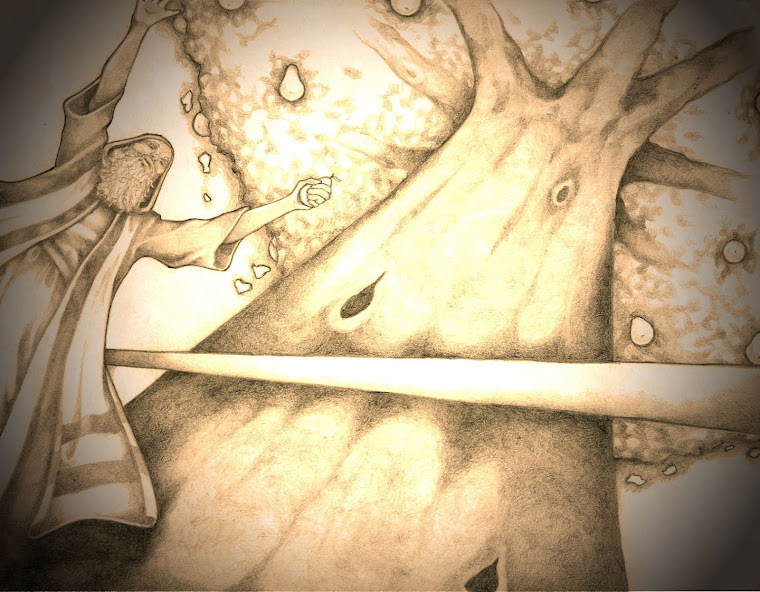 |
| Ammon preaching to King Lamoni |
Mark goes on to say, “Ethnographic work among traditional
societies has shown that holy men of various types—broadly referred to as
shamans—commonly receive their calling near-death experiences. Anthropologist
Frank J. Lipp notes in reference to modern Mesoamerican shaman-priests called
curanderos (curers or healers): "Divine election occurs within a context
of some physical or emotional crisis," such as "a severe, chronic, or
life-threatening sickness." While in this state they have a vivid dream
where "the individual is informed by a spirit being," such as an
angel, that "she or he will receive the divine gift to cure illnesses."
The healing process is often aided by the prayers and ritual actions of another
curandero on behalf of the critically ill individuals. Once recovered, the
newly called shamans possess a power and authority that is recognized by the
members of their community because of their shared cultural language. According
to Lipp, "During the initiatory dream vision the individual may experience
temporary insanity or unconsciousness," and it is through this near-death
experience that "he or she is reborn as a person with shamanic power and
knowledge."
The Book of Mormon is full of examples of individuals who
experience these near death/healing/voice of warning experiences. The first example that we encounter is with Alma Alma Alma the
younger and the sons of Mosiah) experienced a visitation from an angel and were
threatened with destruction, Alma Alma 's helpless body was
carried back to his home by his friends (who had also fallen to the earth but
were not the focus of the angel's rebuke and therefore quickly recovered), Alma Alma Alma Alma
There are many more examples of this in the Book of Mormon
another is that of Zeezrom who was "scorched with a burning heat"
that was caused by "the great tribulations of his mind on account of his
wickedness" (Alma 15:3) and his fear that
Alma and Amulek "had been slain because of his own iniquity" (Alma
 |
| The Hopi Sun Chief Don C. Tayalesva |
What I would like to add is that the same practice was had
among the Hopi who are descendents of the Olmec, Maya and Aztec civilizations
who had migrated north into what is now southwest United States. In the autobiography of Don C. Talayesva
edited by Leo Simmons called “Sun Chief” Don speaks about his near death
experience that was given him as a voice of warning from his guardian spirit
lead him to what the Hopi call the House of the Dead. Don
described the experience like this.
In his journey Don saw and was chased by Masau’u the god of
Death. Apparently this was a scare tactic according to his guardian Katcina
spirit to make him live a better life.
Upon coming out of the experience he states, “The head nurse said,
“Sonny, you passed away last night, but did not cool of quite like a dead
person. Your heart kept on beating
slowly and your pulse moved a little, so we did not bury you.” When he explained this to Chief Tewaquaptewa
he was advised that his journey was true as it had happened to others. His mother had a similar experience and his
grandfather prophesied that he would become an important man in the
ceremonies.
Apparently the act of having a near death experience or
vision upon the sick was a very common form of humbling, teaching and
calling someone to become a servant of the Lord. As can be seen this was practiced among the
cultures of Mesoamerica and their relatives
cultures such as the Hopi. When looked
upon in these ancient contexts we once again bring better understanding of
Nephite and Lamanite practices to our modern comprehension and the Book of Mormon continues to shine.



